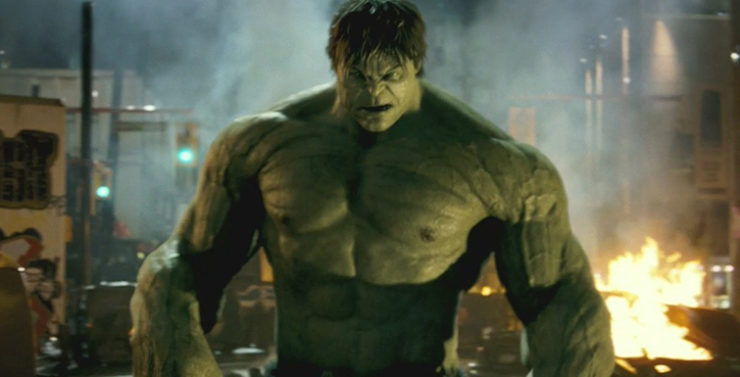The Ang Lee Hulk was something less than a howling success. It did decently enough at the box office, but the word of mouth was pretty terrible, and the movie was deeply flawed. (It also led to a ridiculous number of comics fans with little knowledge of movies deciding that Lee, one of the finest directors alive, was a terrible director.)
One of Marvel Studios’s first orders of business was to get the rights back to the Hulk, though Universal retained the distribution rights. The same summer that saw the release of Iron Man also gave us another new interpretation of the Hulk.
Producer Gale Anne Hurd referred to The Incredible Hulk as a “requel”—part reboot, part sequel. If you ignore some of the details in the montage over the opening credits (this being the rare MCU movie that has its opening credits at the actual beginning of the movie where they’re damn well supposed to be), you could view this as a sequel to the 2003 film, even with everybody re-cast, though it has more aggressive ties to the larger Marvel oeuvre, with references to Stark Enterprises, S.H.I.E.L.D., and the super-soldier serum that created Captain America.
However, this movie also was very much meant to be part of the nascent Marvel Cinematic Universe, complete with a cameo by Robert Downey Jr. as Tony Stark having a conversation with General Ross.
Director Louis Leterrier, of The Transporter fame, had wanted to direct Iron Man, but Jon Favreau already had the gig, so Marvel offered him the Jade Giant instead. Leterrier found most of his inspiration from the Jeph Loeb/Tim Sale Hulk: Gray miniseries, while screenwriter Zak Penn (whose writing work has already been seen in this rewatch in X2, X-Men: The Last Stand, and Elektra) was inspired by Bruce Jones’s then-current run on the Incredible Hulk monthly comic.
Buy the Book
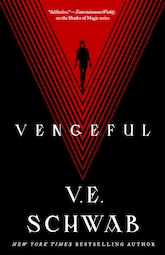

Vengeful
Edward Norton was brought in to play Bruce Banner, and his contract included being involved in the writing, so Penn’s script received significant rewrites from Norton as filming went on, though Norton received no credit for it.
The script was designed with sequels in mind. Ross was already an antagonist, and this movie added Emil Blonsky, a.k.a. the Abomination, and also introduced the character of Samuel Sterns, with the character’s final scene in the movie setting him up to become the Leader. Those three have always been the major foes of the Hulk, the latter two in particular being other normal humans mutated by gamma radiation. Both were altered from their four-color roots, however. Blonsky was changed from a Soviet spy to a Russian-born British soldier, while Sterns was a simple janitor in the comics, but a cellular biologist in the film (which kind of defeats the purpose, as the whole idea of the Leader is that someone who was a not-too-bright manual laborer got turned into the smartest person in the world). The design of the Abomination is also less reptilian than the comics version.
The cast also includes William Hurt as Ross, Liv Tyler as his daughter Betty, Tim Roth as Blonsky, Tim Blake Nelson as Sterns, and Ty Burrell as Dr. Leonard Samson (another comics character). Lou Ferrigno also provides the Hulk’s voice, most of which is incoherent shouting, but also includes three lines of dialogue (one of which is, of course, “Hulk smash!”). Hurt is the only actor to reappear in any subsequent MCU films, as Ross is seen in both Captain America: Civil War and Avengers: Infinity War, having been appointed U.S. Secretary of State (though composites of Ferrigno’s shouting was used for the Hulk in the first two Avengers movies). In addition, there are cameos by two other people who have played Banner on screen: Paul Soles, who voiced Banner in the 1966 Saturday morning cartoon, plays the friendly owner of a pizza parlor near Culver University, and the late great Bill Bixby is seen when Banner is watching The Courtship of Eddie’s Father early in the movie.
Norton himself would only appear in this film, replaced by Mark Ruffalo, who will go on to play the part in Avengers, Iron Man 3, Avengers: Age of Ultron, Thor: Ragnarok, and Avengers: Infinity War and its forthcoming sequel. Though Norton’s film did perfectly well at the box office, like the 2003 film, it didn’t quite hit all the notes with viewers (certainly not on the same level as Iron Man, which took the world by storm that same summer). In addition, Universal still has distribution rights to the character. In 2008, this was less of an issue, as Marvel Studios’s other films were distributed by Paramount, but everything was still controlled by the small studio. Once Marvel was purchased by Disney, that dynamic changed, and that link to Universal (which hasn’t been severed due to Universal controlling theme park rights) has combined with the lukewarm reception both Hulk films have received to keep the big guy a supporting character rather than a headliner.
“He protected her; you almost killed her”
The Incredible Hulk
Written by Zak Penn
Directed by Louis Leterrier
Produced by Avi Arad and Gale Anne Hurd and Kevin Feige
Original release date: June 13, 2008
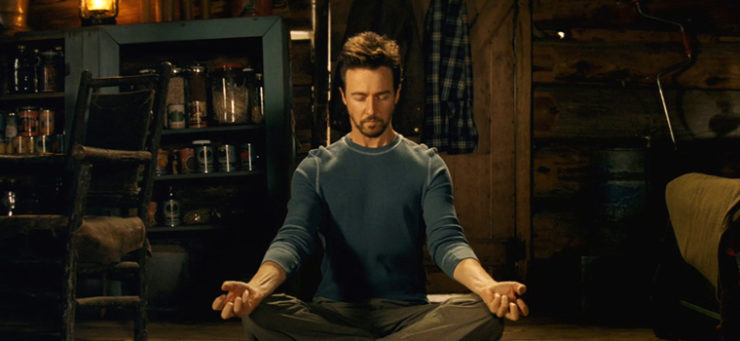
Over the opening credits we get a montage of images showing the Hulk’s origin. Dr. Bruce Banner subjects himself to an experiment (while sitting in a chair that looks remarkably similar to the one Bill Bixby sat in in 1977), in collaboration with Dr. Betty Ross. Something goes wrong, and Banner transforms into a huge green monster who trashes the lab, puts Betty in a coma, and badly injures Betty’s father, General Thaddeus “Thunderbolt” Ross.
Banner goes on the run and eventually winds up in Brazil, working as a bottler in a soda factory, occasionally fixing things for the boss, but refusing a promotion to something more in keeping with his scientific skills. At one point he’s cut, and he bleeds on the bottles. Banner panics and stops the production line long enough to clean it up, but he misses one bottle that’s stained with his blood.
For some time, Banner has been having secure online chats with a “Mr. Blue,” a scientist at a university in New York City, who refers to Banner as “Mr. Green.” They’ve been working on a cure, but nothing has worked. Banner eventually agrees to send Blue a sample of his blood.
Ross has been searching for Banner for five years now. S.H.I.E.L.D. reports an instance of gamma poisoning from a soda bottle (suffered by a drinker of said soda who looks just like Stan Lee). Ross has his people trace where the soda was bottled and when he learns it’s Brazil, he orders a search to see which factory has any white employees.
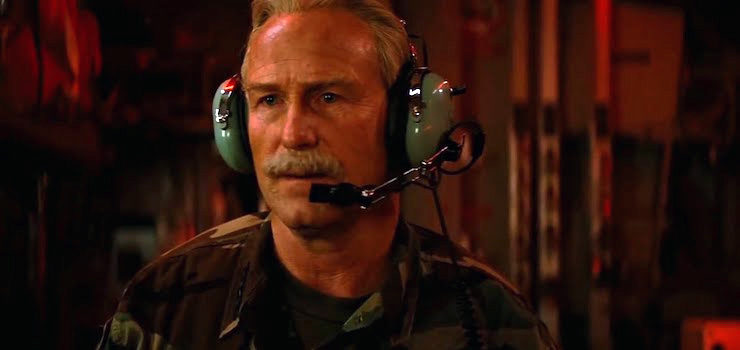
A colleague assembles a commando team for Ross, led by Emil Blonsky, a Russian-born Royal Marine on loan from the UK. They travel to Brazil to capture Banner, chasing him through the streets, shooting at him in the open, and generally violating all kinds of international law. Banner manages to stay ahead of them for a while, but eventually his heart rate goes up high enough that he finds himself transforming into the Hulk. He makes very short work of the commandos—at one point, he throws a forklift at Blonsky—and then he leaps away.
By the time he calms down enough to revert to Banner, he’s in Guatemala. He needs to get Blue all the data on the experiment anyhow, so, since his life in Brazil is pretty well burned, he spends the next two-and-a-half weeks working his way slowly back to Culver University in Virginia.
Banner is friends with the local pizza parlor owner, who gives him a place to stay and a couple of pizzas so he can bribe the security guard (who looks just like Lou Ferrigno) to get upstairs to the lab and copy the data on the experiment. Except, to his frustration, the data is all gone from the server.
He returns to the pizza place only to encounter Betty, along with Dr. Leonard Samson, the psychiatrist she’s dating. They have a tearful reunion, and she brings him home (it isn’t clear how Samson feels about that) to reveal that she put the data from the experiment on a flash drive before it was erased.
Blonsky wants to know about this big green dude who threw a forklift at him, and Ross explains that Banner and Betty were working on a project for the U.S. Army involving gamma radiation trying to re-create a super-soldier serum from World War II. (The words “Captain America” are never spoken.) Blonsky—who is pushing forty—talks with Ross about how frustrating it is that he has all this experience in a body that isn’t in as good a shape as it was two decades previous. Ross offers him a way to achieve that…
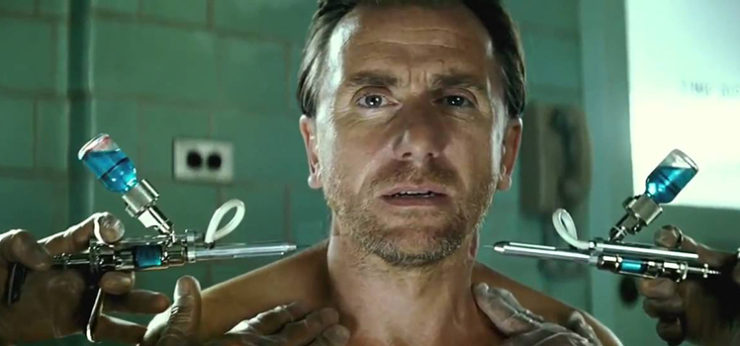
Ross tracks Banner to Culver’s campus and they attack him. Blonsky, with a version of the super-soldier serum coursing through his veins, does a much better job of holding his own against the Hulk, but he still gets his ass kicked, as do the rest of them. The fight ends with Blonsky getting kicked into a tree, breaking every bone in his body.
Betty runs into the middle of the field of battle just as missiles are fired at the Hulk, to Ross’s horror. The Hulk protects her and leaps off with her unconscious form and takes her to a cave to protect her from the rain.
Ross questions Samson as to where they might go, but Samson isn’t inclined to help the person who almost got Betty killed capture the guy who saved Betty’s life. Meanwhile, Betty and Banner head north to New York to meet up with Mr. Blue. En route, Banner borrows a PC in a gas station office and e-mails the data to Mr. Blue. Unfortunately, S.H.I.E.L.D.’s scrubbing program finds the e-mail and alerts Ross’s people.
They arrive to meet Mr. Blue, really Dr. Samuel Sterns, a microbiologist. They experiment on Banner, trying to figure out a way to negate the change. It works—he transforms, he’s injected with the serum, and he reverts back to Banner. But Sterns isn’t sure if this just reversed that current change or cured him permanently. As they discuss the experiment, Banner is appalled to learn that Sterns synthesized more of Banner’s blood and has been testing it on lab animals. Banner wants it all destroyed to prevent any possibility of Ross weaponizing it, but before they can argue further on the subject, Ross’s people attack—led by Blonsky, who has completely healed from his injuries.
Banner and Betty are captured. Blonsky bullies Sterns into giving him an injection that will turn him into the same kind of creature, but Sterns warns him that it might mix weirdly with the super-soldier serum. Blonsky doesn’t care—and neither does Sterns, he just wanted Blonsky to give informed consent.
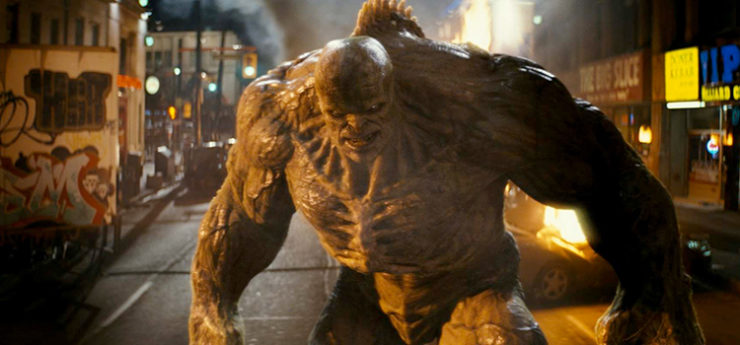
Blonsky turns into a giant yellow creature with a jutting spine, and he leaves after smashing Sterns’s lab. In the destruction, a vial of Banner’s blood is shattered, and his blood spills onto an open wound of Sterns’s, causing his cranium to shift and undulate, almost as if it’s preparing for a sequel…
Within moments, Blonsky is trashing everything in sight. Ross, realizing he’s created a monster (ahem), reluctantly agrees to let Banner deal with it. There’s a moment of fear after he jumps out of the helicopter that Sterns really did cure him. But no, he changes into the Hulk and the two of them tear the shit out of Harlem for, um, a while before the Hulk manages to wrap an industrial chain around Blonsky’s neck and choke him out.
Banner buggers off to British Columbia, Betty makes it clear that she never wants to speak to Ross as his daughter again, and Ross goes to get drunk. He’s met at an Army bar by Tony Stark, who says he’s putting a team together…
“Is that all you got?”
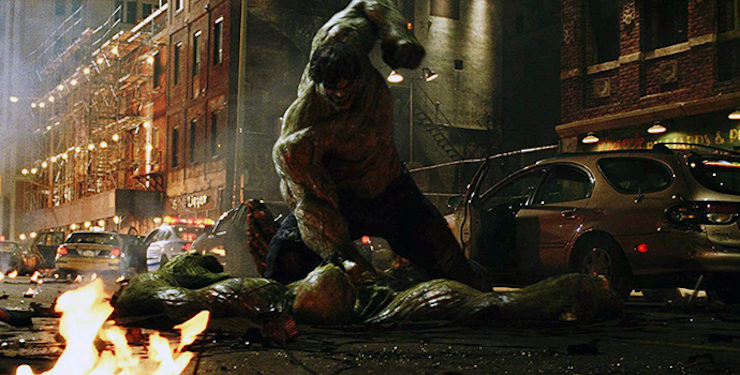
They’ve been telling Hulk stories in comic book form since 1962. On screen, they got five years’ worth of TV shows, as well as five movies, out of the character as played by Bill Bixby and Lou Ferrigno.
So I’m really unclear as to why they felt the need to tell the same movie all over again.
For all the talk that this was a reboot and they were going to move past the origin, and all the rest, Incredible Hulk winds up hitting pretty much the same beats as Hulk: Banner becomes Hulk, Banner is chased by Army, Banner is captured by Army, Banner has city-damanging climactic fight against another CGI monster, Banner gets away in the end, Betty is super-pissed at her Dad.
The main change, of course, is the removal of Banner’s father, which is very much a change for the better. The biggest problem with Hulk was mistaking it for a movie about Banner père rather than Banner fils, as Nick Nolte sucks all the life out of the movie. But without that psychological hit, we don’t have anything that actually makes Banner interesting. Norton just plays Banner as a random dude who happens to turn into a big green rage-monster, but there’s no sense of personality here. Technically, replacing the charisma-free Eric Bana with Norton is trading up, but it’s not trading up enough, as Norton’s best mode is as the calm, normal-seeming guy.
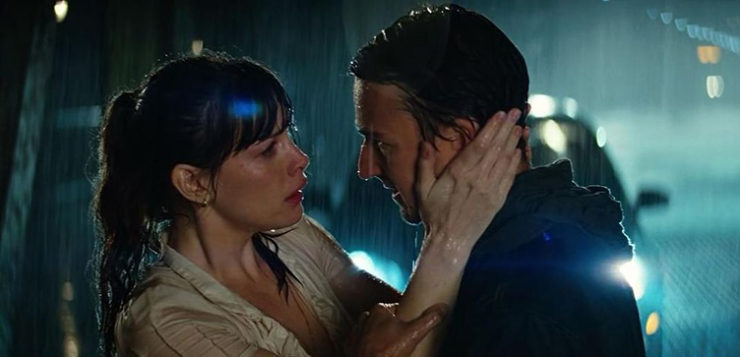
Worse, there’s no sense of torment. Norton’s Banner is just bland and uninteresting and unconvincing. There’s no there there. He should be frightened and haunted, and instead he’s just a guy on the run who happens to have very good ways of winning fights.
Liv Tyler deserves better than what the film gives her. Both her Betty and Jennifer Connelly’s Betty from five years previous were rewritten as scientists (in the original comics, Betty has no role other than that of Ross’s daughter, a prize to be fought over by Banner and Major Talbot in a tiresome love triangle; yay, the 1960s), but while Connelly convinced me she was a scientist, Tyler never did. (Honestly, Norton never did, either—aside from fixing a widget in the factory, there was zero evidence anywhere in this movie that Norton was playing one of the finest minds of the Marvel Universe.) Then again, Tyler never got the chance to, as she spends the entire movie staring wide-eyed at Banner and shouting his name a lot and doing damn little else.
At the very least, the CGI has improved, though I wish they hadn’t used Dale Keown’s vein-popping, hypermuscled-even-by-the-Hulk’s-standards version of the Hulk as the template, as I always found Keown’s interpretation to be a bit OTT. (Yes, I know he’s a big green rage monster, so the top is already pretty high, but work with me here.) At the very least, I was convinced that the Hulk had mass and weight. The sequence when he lurks menacingly in the factory the first time we see him is a very effective action sequence from Leterrier (though one expects that from the director of the Transporter movies).
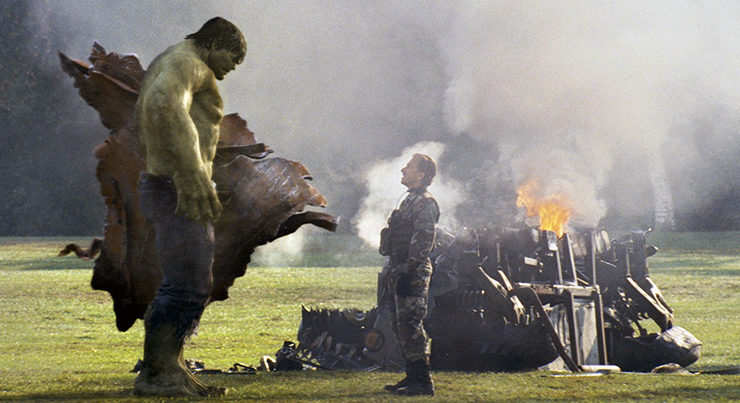
This may be the only MCU movie in which the villains are significantly more interesting than the heroes. William Hurt—for all that he’s nowhere near as perfect for the role as Sam Elliott was—does an excellent job showing Ross’s obsession and single-mindedness. Tim Roth shows Blonsky’s eagerness to be the powerful soldier he was in his youth, though he stops being interesting the moment he turns into the Abomination. And Tim Blake Nelson’s goofball mien beautifully obscures Sterns’s sociopathy, and my one regret in our never getting a sequel is I would love to see Nelson do the Leader.
This movie was kind of lost in the shuffle of Iron Man and its sequel, and by the time we saw the Hulk again, he was being played by yet another actor and most elements of the movie were ignored, the jolly green giant himself reduced to a supporting character. It’s really too bad they didn’t try to do a different Hulk movie.
Next week, we get our third movie in a row that has Robert Downey Jr. in it, plus Scarlett Johansson debuting the Black Widow, in Iron Man 2.
Keith R.A. DeCandido urges all and sundry to support his Kickstarter for “The Fall of Iaron,” a story in the same universe as his “Precinct” series of fantasy police procedurals, though this story in particular does not feature the Cliff’s End Castle Guard. It’s about history, about politics, about storytelling, about what makes a hero, what makes a villain, what makes a tyrant. Please consider supporting it.










